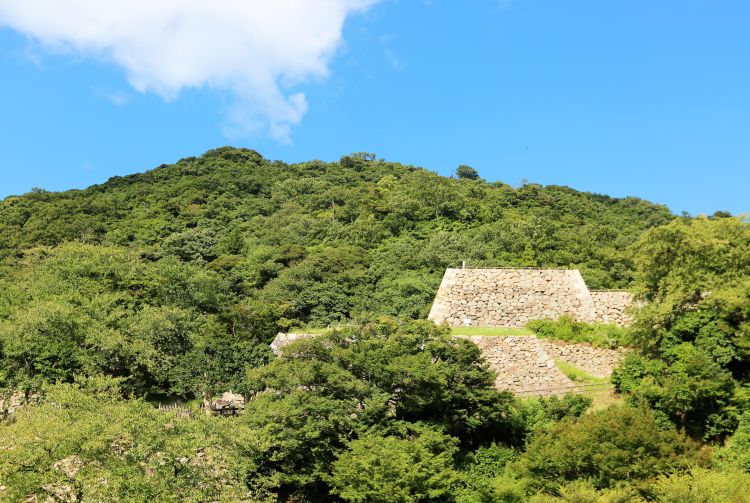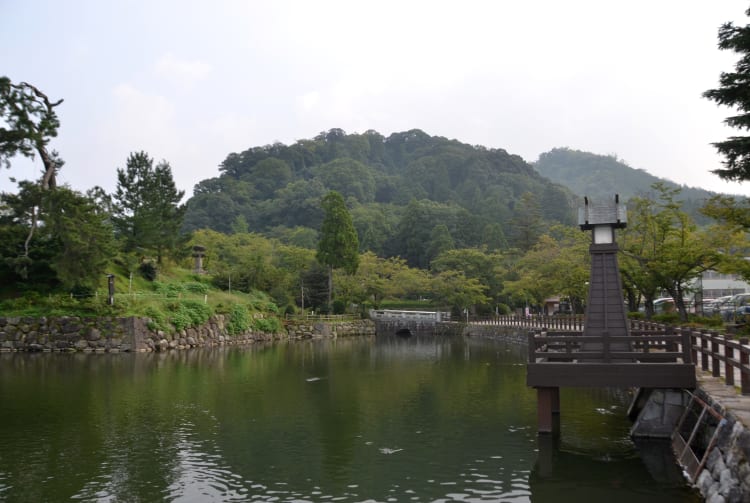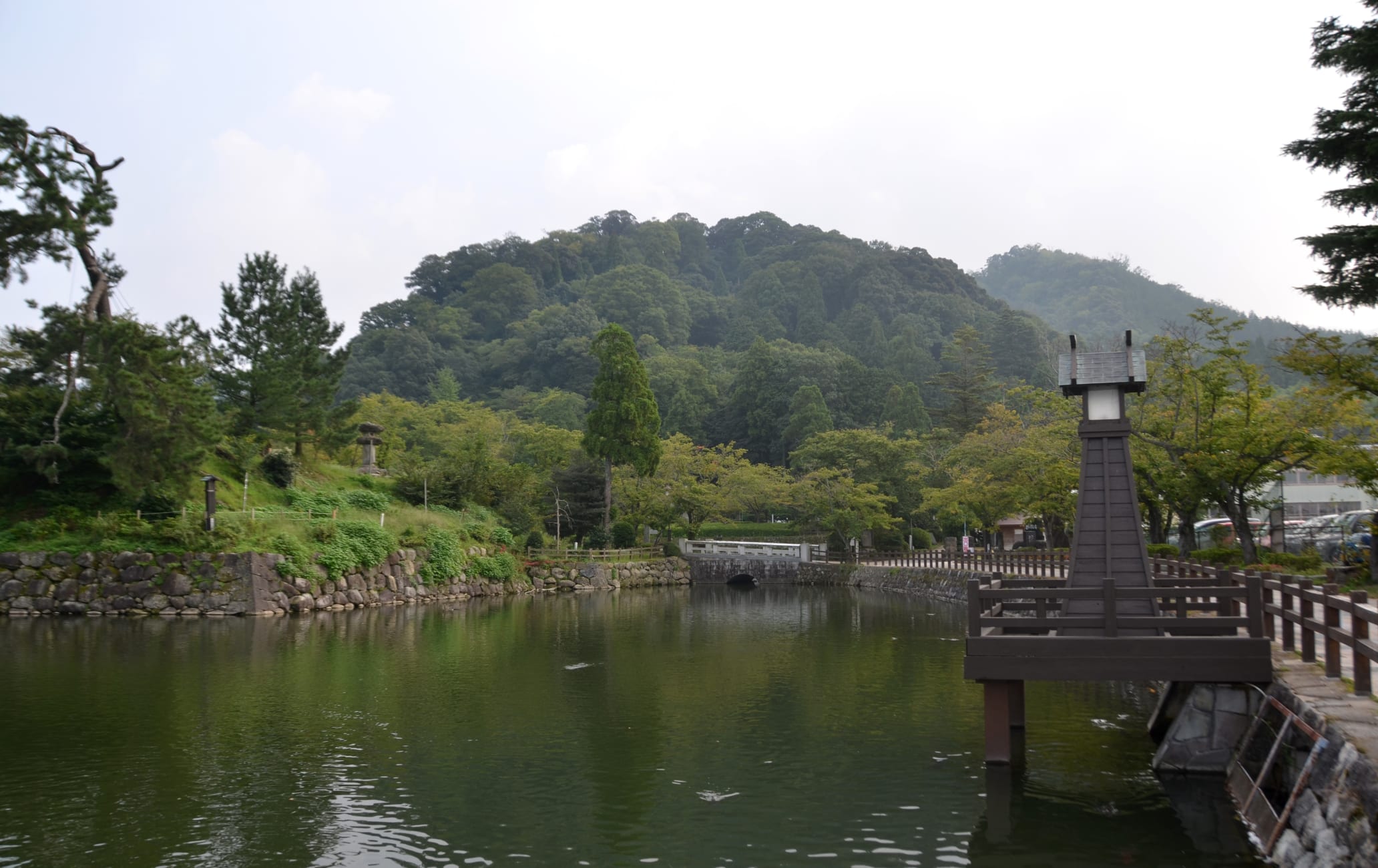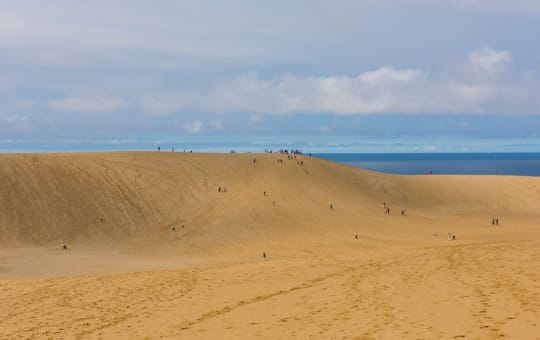Picturesque castle town with unlikely international connections
The former site of Shikano Castle and the charming town that surrounds it have a long and understated history. Spend half a day here and soak in the atmosphere of this bygone seat of power.
Don't Miss
- Stroll through the quiet and well-kept streets of the former castle town
- Watch a play at the Bird Theater Company
- Enjoy the views from the ruins of Shikano Castle
How to Get There
Take the Shikano-yuki Bus from Hamamura Station. Hamamura Station is on the JR Sanin Main Line.
The domain of a great general
Kamei Korenori, Lord of Shikano Castle, was born in Izumo Province (now part of Shimane Prefecture) in 1557. Loyal to the Amago Clan, Korenori spent the first half of his life opposed to his bitter enemies, the Mori Clan in neigboring Yamaguchi Prefecture .
Korenori joined forces with his brother-in-law to fight the cause of the Amago Clan and achieved a short-lived victory in 1551. Korenori later joined forces with the great Japanese warlord, Toyotomi Hideyoshi, who unified Japan after decades of civil war in the 16th century. Under Hideyoshi's leadership, Korenori helped take Tottori again from the Mori, and was placed in control of the Shikano area. After Hideyoshi's death, Korenori served Tokugawa Ieyasu, who became the first Tokugawa Shogun in 1603.
A place of exotic secrets
Korenori became renowned as a skilled negotiator with a strong interest in foreign trade. He fought in the invasion of Korea and facilitated trade with Siam, now Thailand. Inspired by his dealings with foreign lands, he modernized his castle and made improvements to the surrounding town.
It is said that he changed the name of the castle to Ousha Castle, after a Buddhist center in India, and also named gun turrets after Holland and Korea. His castle was a thing of exotic beauty and this legacy can still be seen to the present day in the attractive design of the castle's moat area. Stop for a moment to feed the magnificent carp under the watchful eye of the resident swan.
The remains of the castle are found on top of Mt. Shiroyama. The maple-lined path leading up to the ruins is beautiful in fall, while the cherry blossom trees lining the moat are spectacular in spring.

A charming townscape
In keeping with the tradition started by their former lord, the streets of this former castle town are eye-catching and well-kept. Like other castle towns, the streets are named after the tradesmen that once plied their trade in that area. The “metal worker” and “carpenter” streets are two intersecting and authentic streets at the town's center. Koseji, an attractive temple of the Pure Land sect of Buddhism, is located near the town's visitor center.
A new legacy
Next to the moat of the former castle is a new addition to the town's cultural heritage, Bird Theater. Occupying the former gymnasium of a closed-down elementary school and adjoining nursery school, the theater maintains the town's international links by hosting a festival with overseas guest performers for two weeks every year.


























































